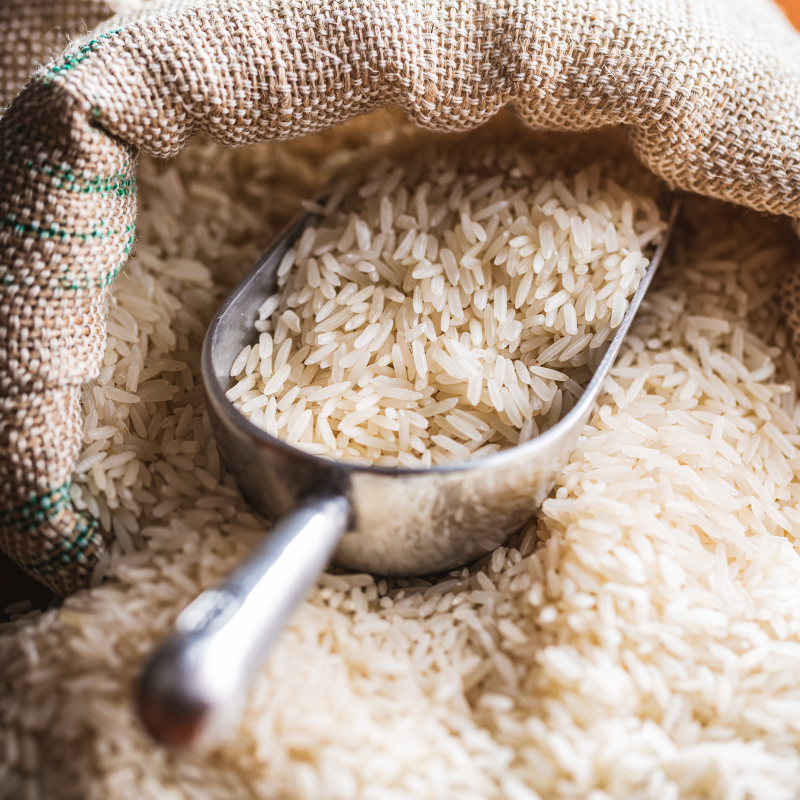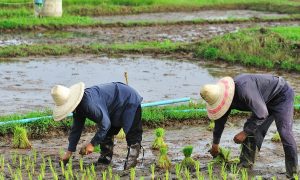Pangasinan farmers brace for El Niño

LINGAYEN, Pangasinan: This rice-producing province has put in place measures to mitigate the possible effects to agriculture of the El Niño phenomenon, which is expected to hit the country starting in October this year.
Provincial agriculturist Dalisay Moya said that her office has identified vulnerable areas in the province and came up with recommendations to farmers.
According to the Philippine Atmospheric, Geophysical and Astronomical Services Administration (Pagasa), the El Niño is a climate pattern that warms the ocean surface in the central and eastern Pacific Ocean, causing below-normal rainfall conditions.
“The vulnerable areas in the province are the rain-fed areas. We still have a very wide rain-fed area,” Moya told Sangguniang Panlalawigan (SP) members during their regular session at the provincial capitol here on Monday.
Pangasinan has about 184,000 hectares of rice fields, making it the top rice producer in Ilocos Region and the country’s third biggest rice producer.
Moya said that out of the 184,000 hectares rice area, about 71,321 hectares are still rain-fed and most are located in the western part.
“Farmers in fully irrigated areas are advised to plant again after the harvest to take advantage of the still high level of irrigation water in the dams, water impounding areas and water level underground,” Moya said.
The San Roque Dam in San Manuel town in the eastern part of Pangasinan is one of the sources of irrigation water. The dam’s water level significantly rose in the past few days due to the rains, according to an official of the San Roque Power Corp.
Moya said that rice fields at the tail end of irrigation systems should plant mung beans, vegetables, corn, and crops that do not demand much moisture to grow.
“In partially irrigated areas, farmers will be advised to plant alternative crops. They should have crop diversification,” Moya said.
She said that those without any source of irrigation water will be advised not to plant and allow the soil to fallow, to restore its fertility.
“In 2016, Pangasinan was hit by El Niño. But because of the adoption of new and appropriate technology, our rice sufficiency level in Pangasinan in 2016 was 200.54 percent. It means that even with the El Niño we had a high production level,” Moya said.
She said that her office will also help farmers by distributing seeds that they can plant during the El Niño period.
Jose Estrada, chief meteorologist of Pagasa Dagupan, said that the dry spell is now being felt in Isabela.
He said that his office has been doing a massive education information campaign so the people can understand the El Niño phenomenon.














